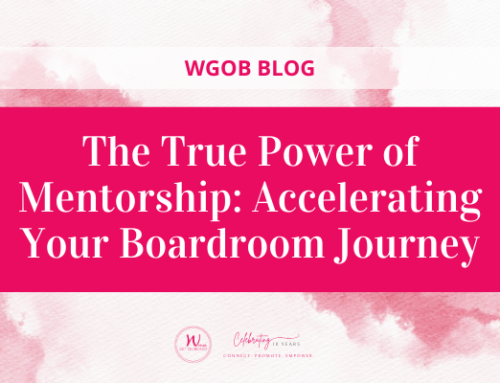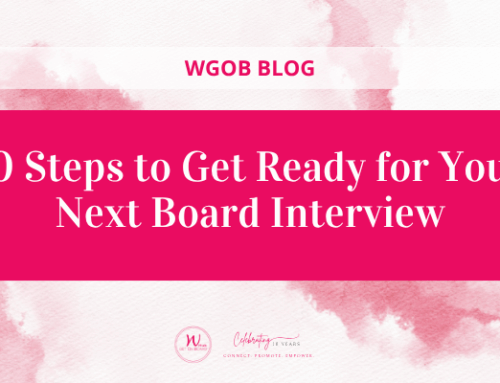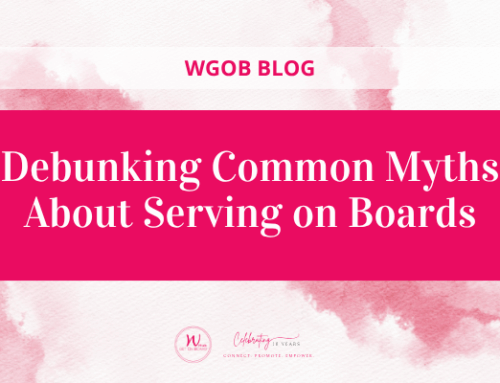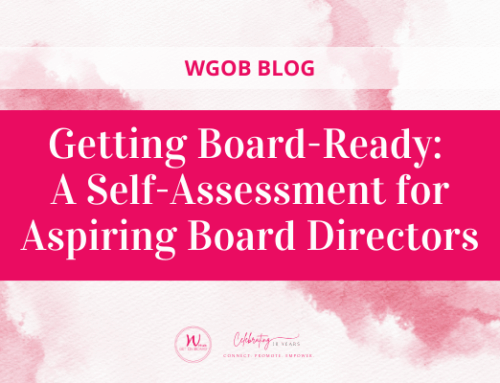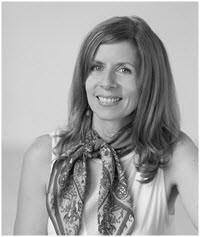
Samantha Hurwitz speaks about her experience of serving on a not-for-profit organization.
Tell us about the due-diligence process you undertook before you joined the Not-for-Profit you currently are serving on?
I am currently on the Canadian Association of Positive Psychology. Positive psychology is an emerging field all over the globe. CPPA’s mission is to strengthen the well-being of Canadians through education, research and events. I met the current President of CPPA at a weekend seminara few years ago before the association was formed. Then we reconnected and had lunch shortly after I moved to Toronto. I talked about building community and getting involved in board work. She told me that the CPPA board could really use a Treasurer. Months later, the CPPA board approached me, I expressed my interest, and was interviewed by the chair, vice-chair and most recent board addition. Essentially, they chose me and I chose them.
What factors helped you make your decision to join the NFP board?
I took time to reflect on what I personally looking to achieve in a volunteer board position so I knew what I was looking for. I was ready to dust off the skills I used to use as a Controller, I was inspired by Deborah and WGOB, and ready to begin on the path to a board career.
My decision criteria became:
- Values Match – Is this an organization that I have passion, curiosity, and alignment with mission?
- Skills Match – Do they need my skillset?
- Time Match – Can I manage the time commitment required?
- Goals Match – Can I make a significant difference within 3 to 24 months?
- Growth Match – Will I be able to hone the skills I need to?
What steps did you take to on-board yourself on the NFP board?
I had a 2-hour introductory meeting with the President and she gave me an overview of their operations and what was currently underway as priorities and issues. Then I reviewed their strategic plan, policies, by-laws, articles, and the last couple of board meeting minutes.I also reviewed their most recent P&L and all the details, and all the audited statements since inception. After that I met with the bookkeeper and the president, and asked lots of questions. Finally, I prepared a summary income statement in a different format that felt important with an 18 month projection, annual historical information, key other indicators (e.g. membership # by category), variances, ratios, etc.
Through this process I asked lots of questions, learned about the organization, its accounting systemsand financial control systems. I discovered areas for improvement and developed a new integrated financial management tool for regular board review.
Did the NFP have an orientation process for new Board members?
No, so Itook initiative to ask for specific things. Within a month or two, I had reviewed all the key records. You have to be able to spot opportunities and not just rely only on what people feed you. Step up, get involved and ask really probing questions. This is the skill I gained doing due diligence on mergers and acquisitions. The world is complex, not black and white – read between the lines in the grey areas to find relevant issues and opportunities. That’s a skill you need on a board.
What has been your most valuable contribution to the NFP board?
Bringing rigor and discipline to their processes – influencing the board to pay attention to what’s important not just what’s urgent. I have added lots of structure to a board that didn’t have very much at the time. Specifically, I’ve …
- Contributed to the development of strategies
- Revised key policies; such as a Code of Ethical Conduct and Conflict of Interest,to be plain language, customized, and easily accessed
- Developed and now chair a Governance Committee doing a By-law review, Job Family, Succession Plan, etc.
- Implemented new financial controls, monthly reviews and rolling projections
Looking forward, I plan to design and implement a performance evaluation process in 2016 for the board and all the senior management roles.There was a period of time when board members felt these changes were tedious but then they began to see the benefits and how powerful it is to help move the organization from reactive mode to proactive mode.

